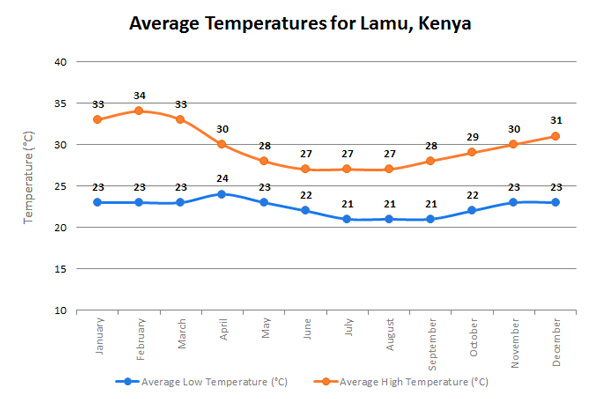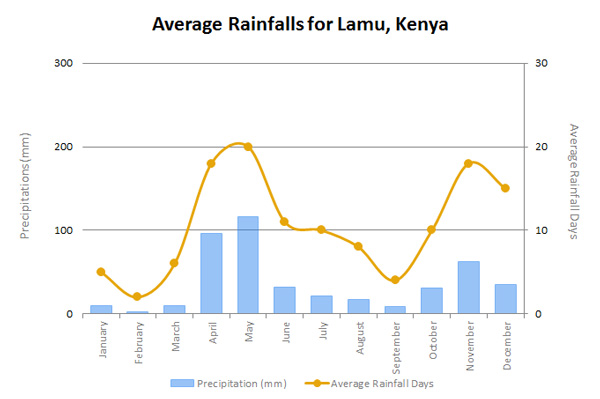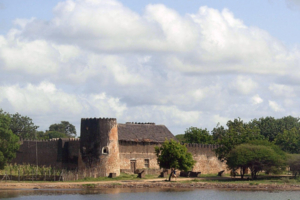Lamu
Lamu Old Town, located on an island known by the same name on the coast of Kenya, some 340 km north of Mombasa, is the oldest and best preserved example of Swahili settlement in East Africa. It has continuously been inhabited for over 700 years.
With a core comprising a collection of buildings on 16 ha, Lamu has maintained its social and cultural integrity, as well as retaining its authentic building fabric up to the present day. Once the most important trade centre in East Africa, Lamu has exercised an important influence in the entire region in religious, cultural as well as in technological expertise. A conservative and close-knit society, Lamu has retained its important status as a significant centre for education in Islamic and Swahili culture, as illustrated by the annual Maulidi and cultural festivals.
The growth and decline of the seaports on the East African coast and interaction between the Bantu, Arabs, Persians, Indians, and Europeans represents a significant cultural and economic phase in the history of the region which finds its most outstanding expression in Lamu Old Town, its architecture and town planning.
The town is characterized by narrow streets and magnificent and well preserved coral stone and mangrove timber buildings with impressive curved doors, influenced by unique fusion of Swahili, Arabic, Persian, Indian and European building styles. The buildings on the seafront with their arcades and open verandas provide a unified visual impression of the town when approaching it from the sea. While the vernacular buildings are internally decorated with painted ceilings, large niches (madaka), small niches (zidaka), and pieces of Chinese porcelain.
Attributed by eminent Swahili researchers as the cradle of Swahili civilization, Lamu became an important religious centre in East and Central Africa from the 19th century, attracting scholars of Islamic religion and Swahili culture. Today it is a major reservoir of Swahili culture whose inhabitants have managed to sustain their traditional values as depicted by a sense of social unity and cohesion.









